Best cycling water bottles 2025: how to find the perfect bidon for you
We've rounded up our pick of the best cycling water bottles to keep your fluid intake up on every ride as well as guiding you through how to pick your ideal hydration station.
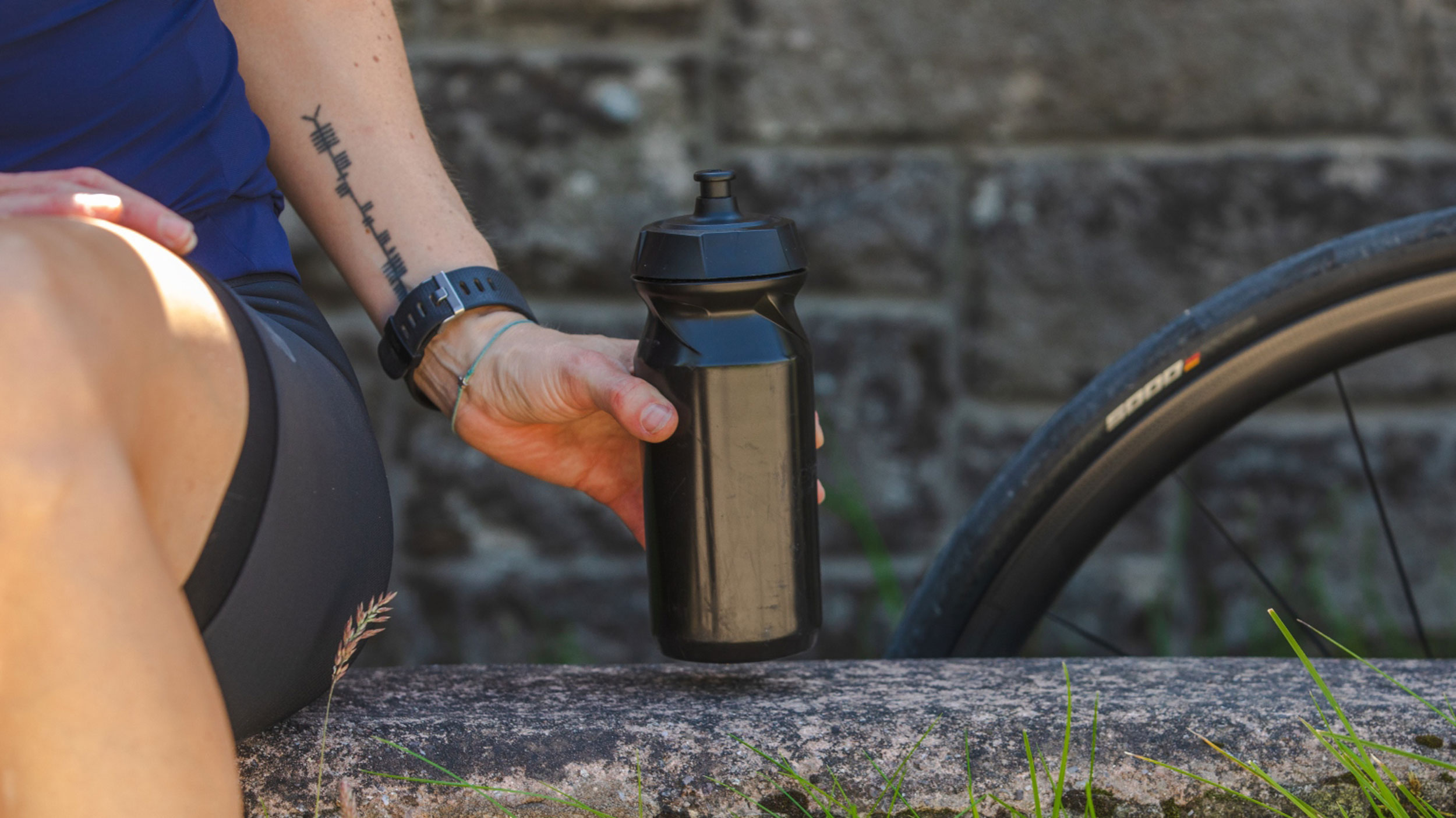

Water bottles (or bidons) are an essential bike accessory yet overlooked bike accessory. Every cyclist needs one, whether you're a mountain biker, bike packer, or casual fair-weather rider. After all, your body is 60% water so you may as well put some thought into the bottle that keeps you going.
So, what constitutes the best cycling water bottles?
Ultimately, the best cycling bidon is the one that fits your bottle cage best. Bottles that rattle around or come lose are a pain, especially if you're riding on off-road terrain. Then, you'll want to consider nozzles. Sports caps and locking mechanisms are a great option for speedy hydration with minimal leakage.
Of course, materials are also crucial. You'll notice acronyms such as BPA, BPS and BPA free throughout this guide. Bisphenol A (BPA) is a chemical that's found in many plastic products. It has weak estrogenic effects that can be harmful to human health. To eliminate the use of BPAs, replacements were created, most notably bisphenol S (BPS) and bisphenol F (BPF), however recent testing has shown that these are just as harmful.
You can read on further down the page for advice on exactly how to pick your perfect cycling water bottle. Likewise if you're interested in how to best fuel for long rides or wondering whether you're fueling optimally, we have dedicated nutritional guides to help your training and racing.
Speaking of which why not take a look at our guides on the best energy bars, best recovery drinks, or best energy gels.
The Quick List
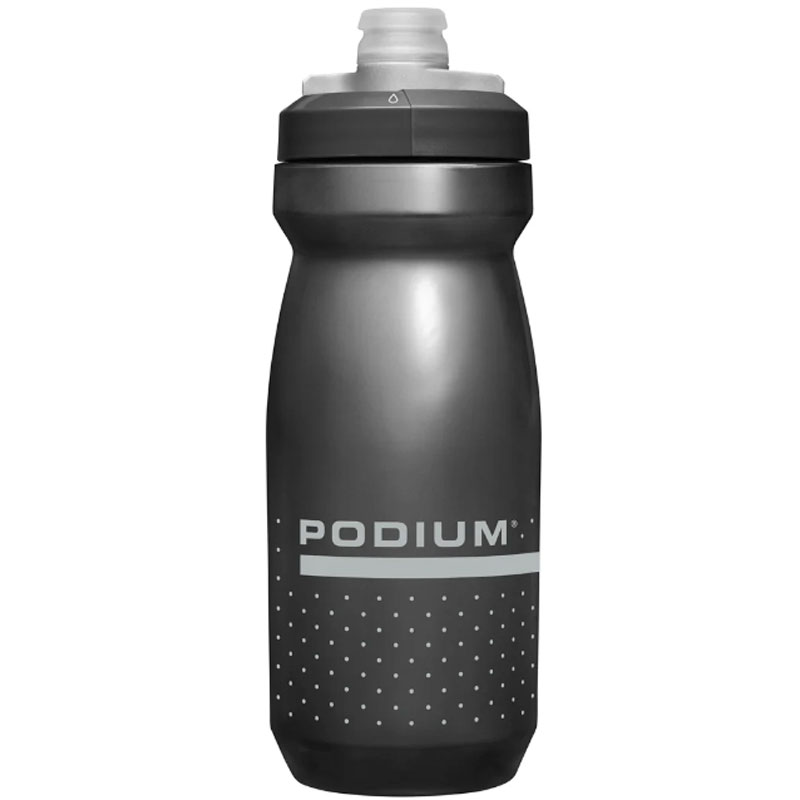
A well-trusted model that delivers in every way you would want a water bottle to. The anti-leak lids really worked and there are lots of colours to choose from. Our overall top pick.
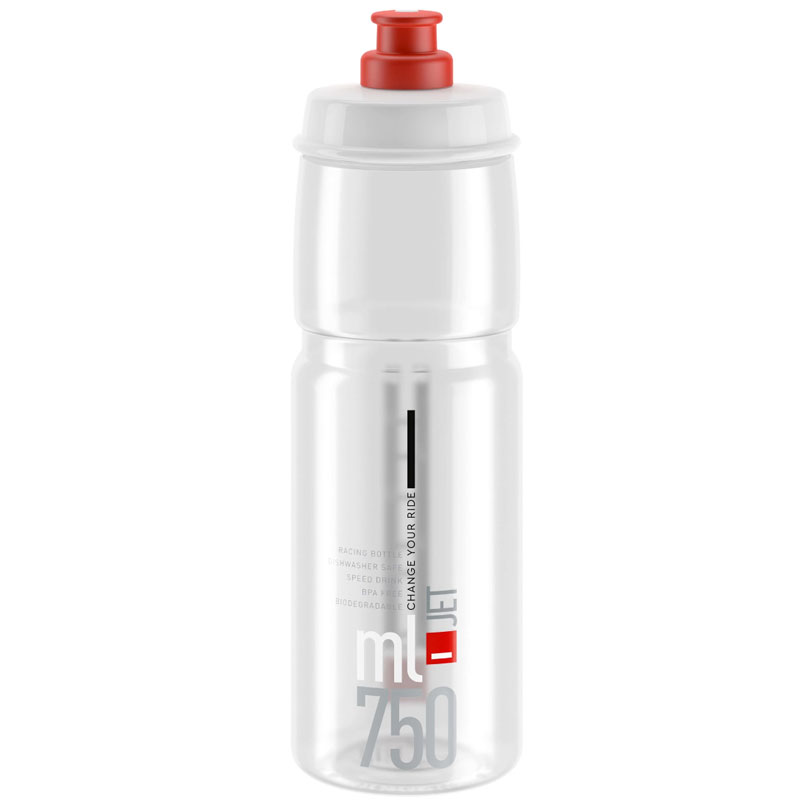
A favourite amongst our team, the fluid flow rate of the Elite Jet bottle is one of the easiest we have tested. The biodegradable design is a plus as well.
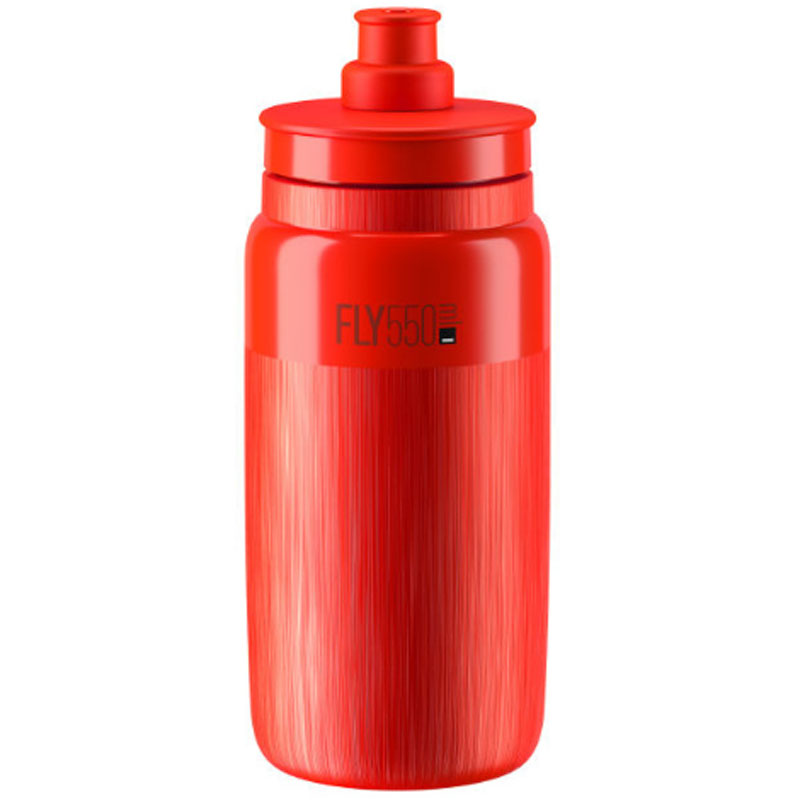
If you want the lightest model out there then the Elite Fly is the bottle to go for. Weighing just 54g, it comes in a variety of colours, we found it easy to use and cleans easily as well.
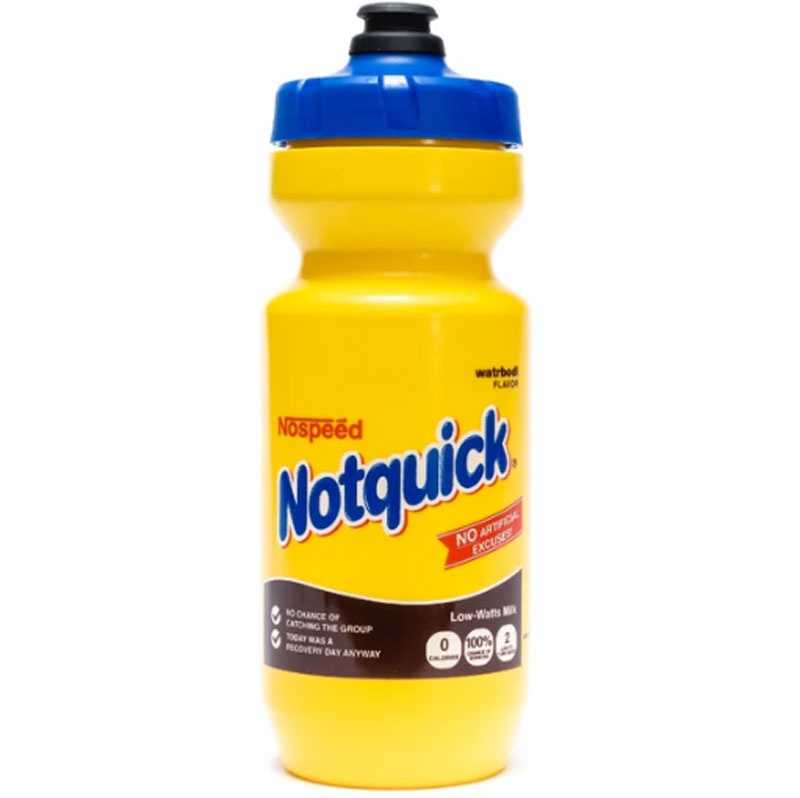
If you want your bottle to stand out or have a fun design, these Watrbodl designs will be the model to go for. There are loads of colours and nods to several brands such as Nesquick, Gatorade and even Ben and Jerry's!
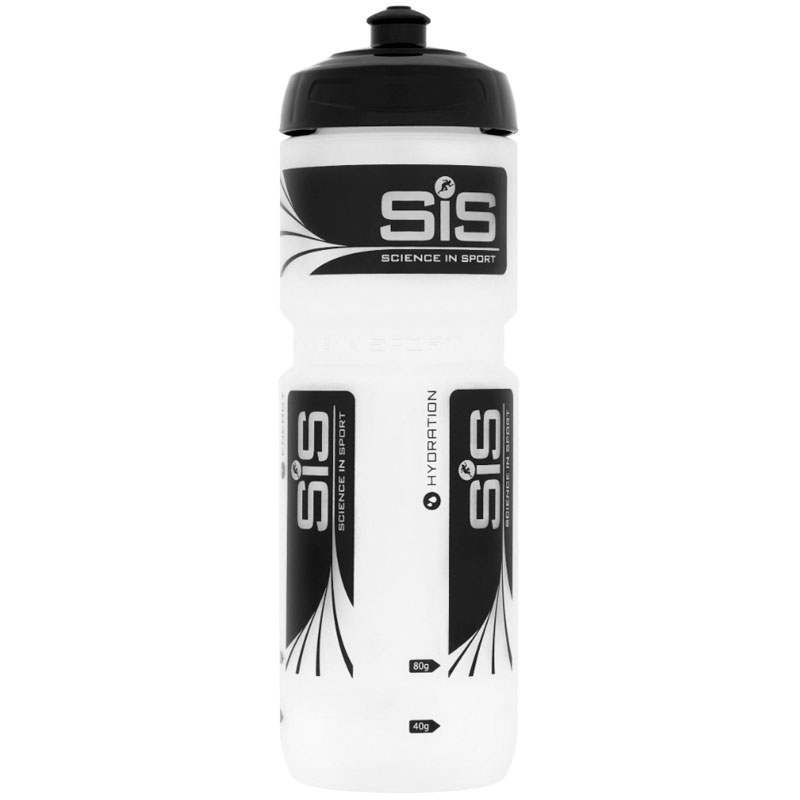
Coming in at a slightly lower price point than others on this list, the Science in Sport bottle still performs and has a wide neck for simple additions of powders and supplements.
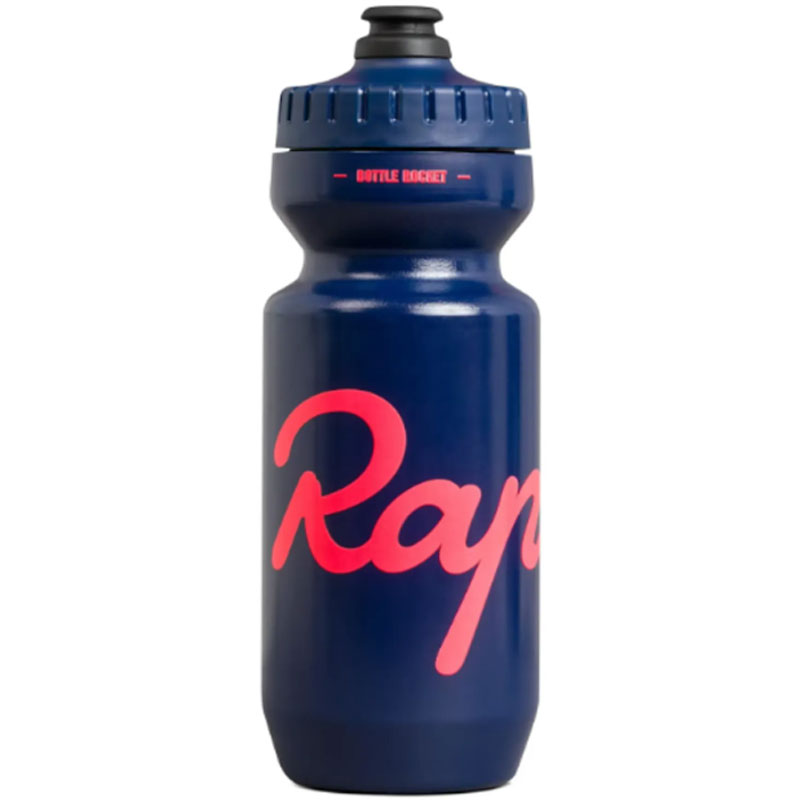
Made from 100% recyclable plastic, the Rapha Bidon looks great, comes in a lot of colours, and will match your other Rapha kit beautifully. It was easy to use as well.
Best cycling water bottles
Top pick
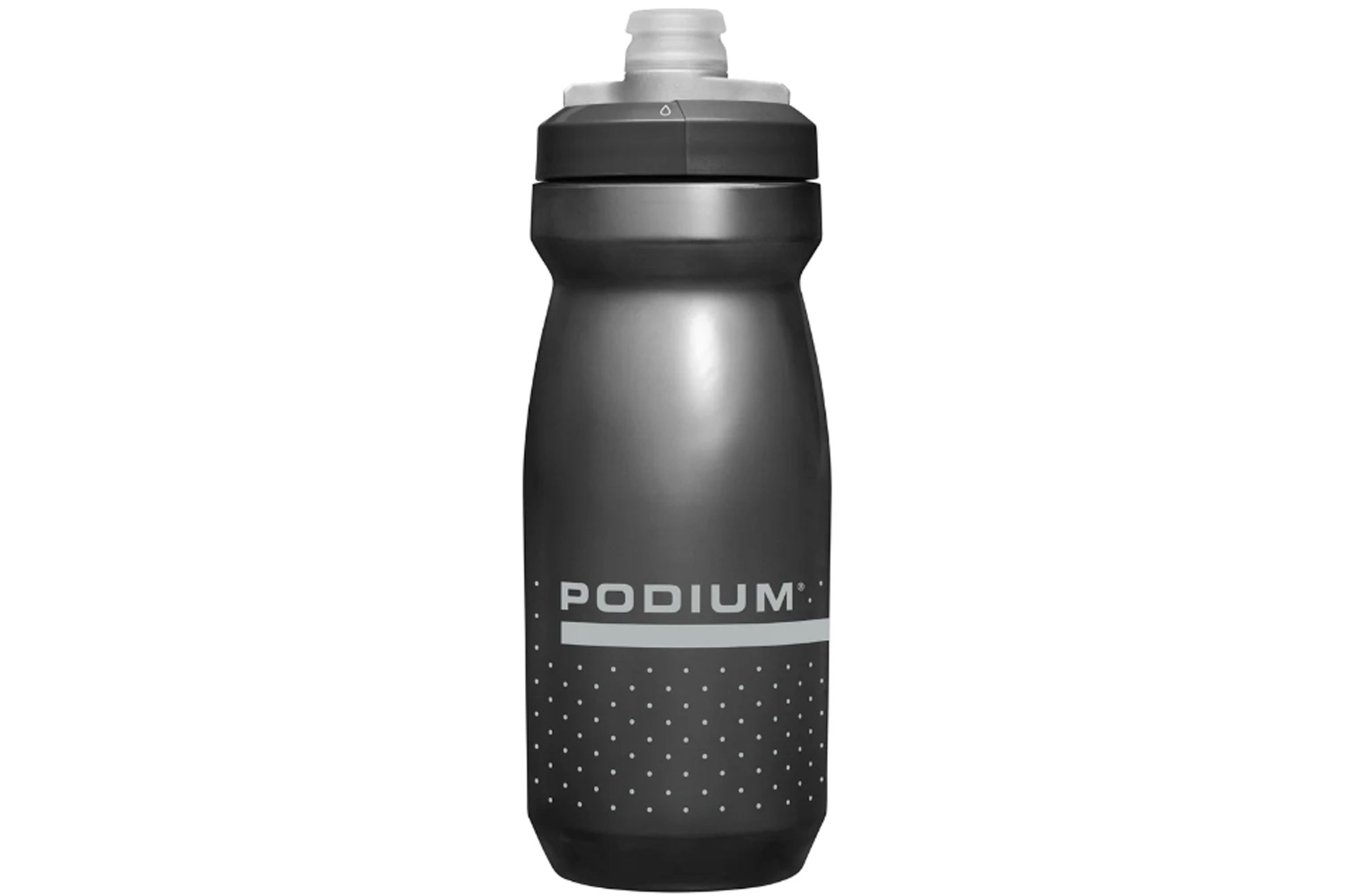
The Podium is aptly named, being one of the best cycling water bottle available
1. CamelBak Podium
Specifications
Reasons to buy
Reasons to avoid
It's difficult to go wrong with the Camelbak Podium. The brand has a long history in delivering superb water bottles and hydration accessories.
Features on even the most basic and smallest version include easy squeeze for quick bottle-to-mouth transfer on the move and a plastic free taste thanks to what CamelBak call Trutaste, which prevents odours and nasty tastes to keep your drink fresh.
In testing, what really stood out to us was the the anti-leak lids. From preventing sticky damp kit and bags, boots of cars or even just prevention of energy drink cascading over your white cycling shoes when descending altitude, the twist lock cap does the best job we've come across.
All of the range is BPA, BPS and BPF free, and there is a range of colours and sizes to choose from, even insulated, for warm or extra cold drinks and dust caps for off road rides. There's even an aftermarket lid available to buy, which is a handy option as we've found these valves can be tricky to clean. CamelBak has also redesigned it so it can be fully disassembled, so finding that you're drinking through a layer of mould should be a thing of the past.
Easiest to use
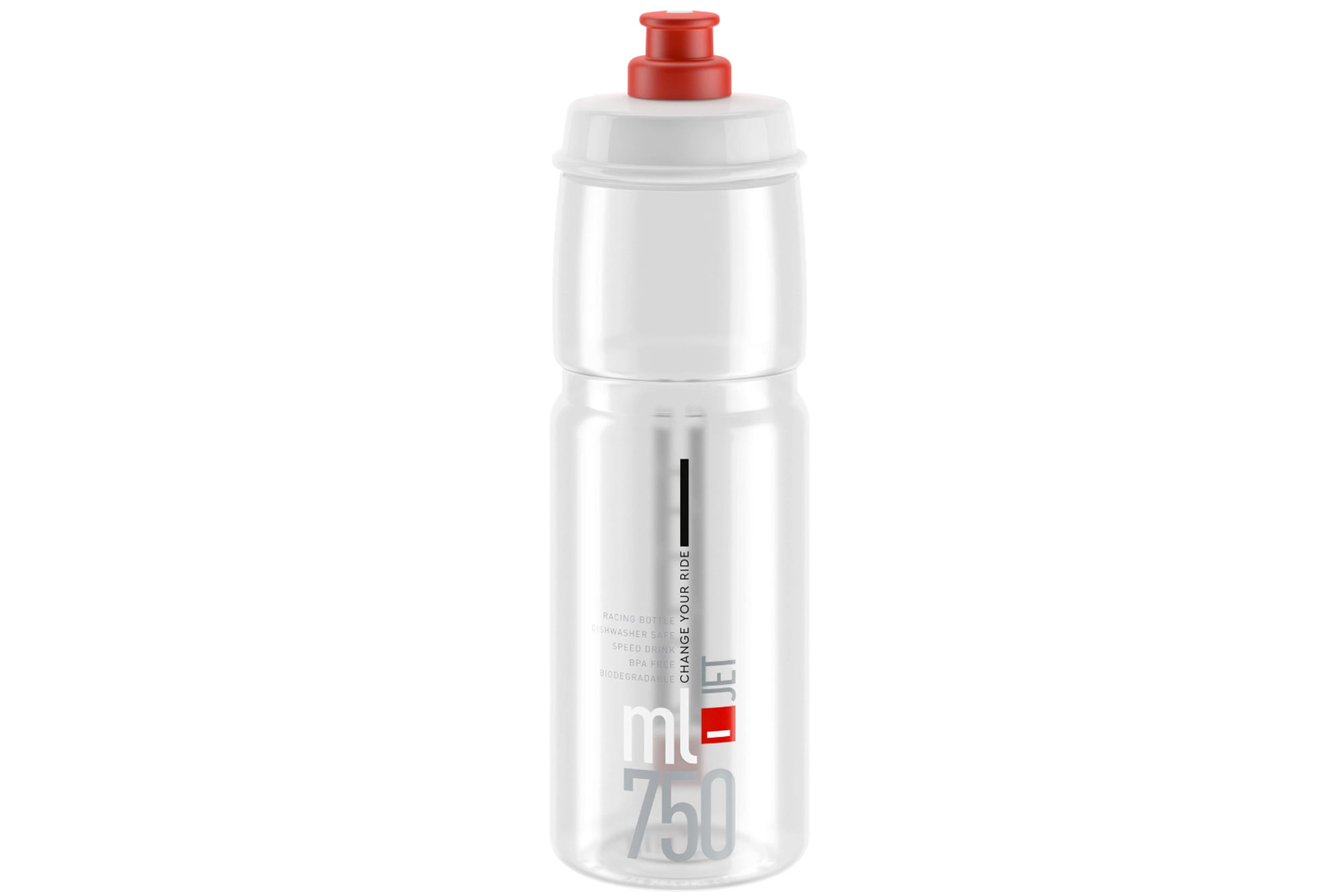
Elite bottle are used extensively in the pro peloton
2. Elite Jet biodegradable
Specifications
Reasons to buy
Reasons to avoid
The Elite Jet is a favourite amongst a few of the Cycling Weekly Team. This is largely due to the managing fluid flow rate on the bottle is one of the easiest we've ever tested. The fact that it's biodegradable wins big points with us too. Elite claims there's a compost breakdown of up to five years, versus several hundred for a regular plastic bottle.
The Elite Jet is available in four sizes in the range and on test we've found the 19oz/550ml the perfect size for an average sized bike frame with two bottle cages. The largest option is great for hot rides with limited or no refill options, but if you have a small bike frame, you may struggle to get it to fit.
All in all, it's a solid cycling water bottle with great eco-credentials.
Lightest model
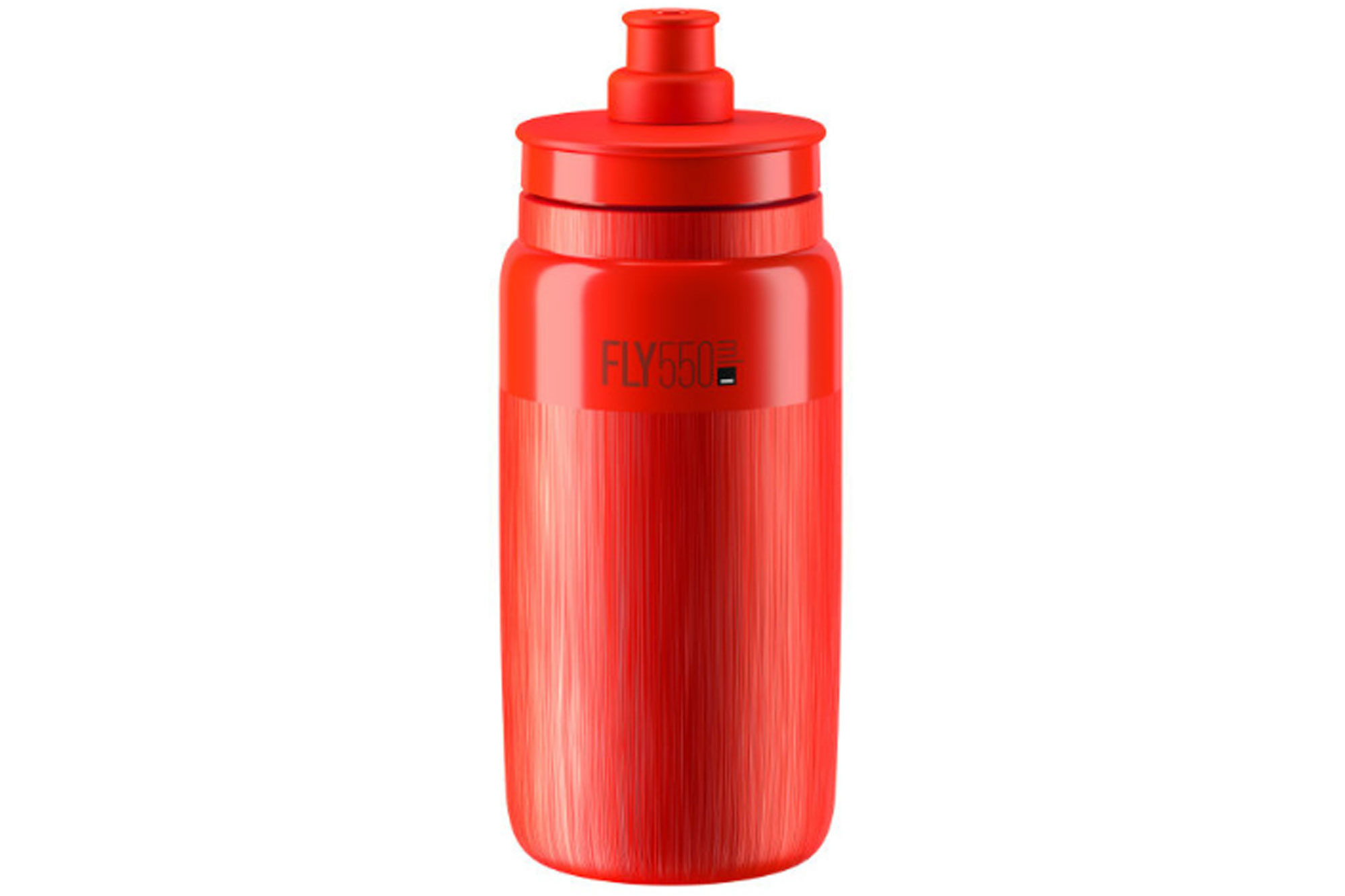
The lightweight Elite Fly is race-ready
3. Elite Fly
Specifications
Reasons to buy
Reasons to avoid
At just 54g, the 160z / 550ml is essential for bike packing enthusiasts looking to save every ounce of weight where they can.Elite even claim it's the 'lightest cycling bottle in the world'...
How? Elite says this weight saving is made by using a changing density of plastic body, which also makes the bottle very malleable, so easy to control the flow rate on the move.
The softer than average body along with the design also helps to keep this great cycling water bottle secure in both the cage and rider's hand, meaning less chance for it to get dropped (although it might be a tricky one to hand up in a feedzone).
The compact design of all three sizes also makes it easy to fit smaller sized bike frames, great news for rides with limited refill opportunities.
The soft push-pull nozzle is easy to use and does come apart for cleaning, but can be prone to leaking when on its side after significant use.
There is a huge choice of colours to choose from in the range, making it easy to match with any colour scheme and there are team-issue versions too. But if in doubt, go with transparent for ensuring that you've thoroughly cleaned it.
Best unique designs
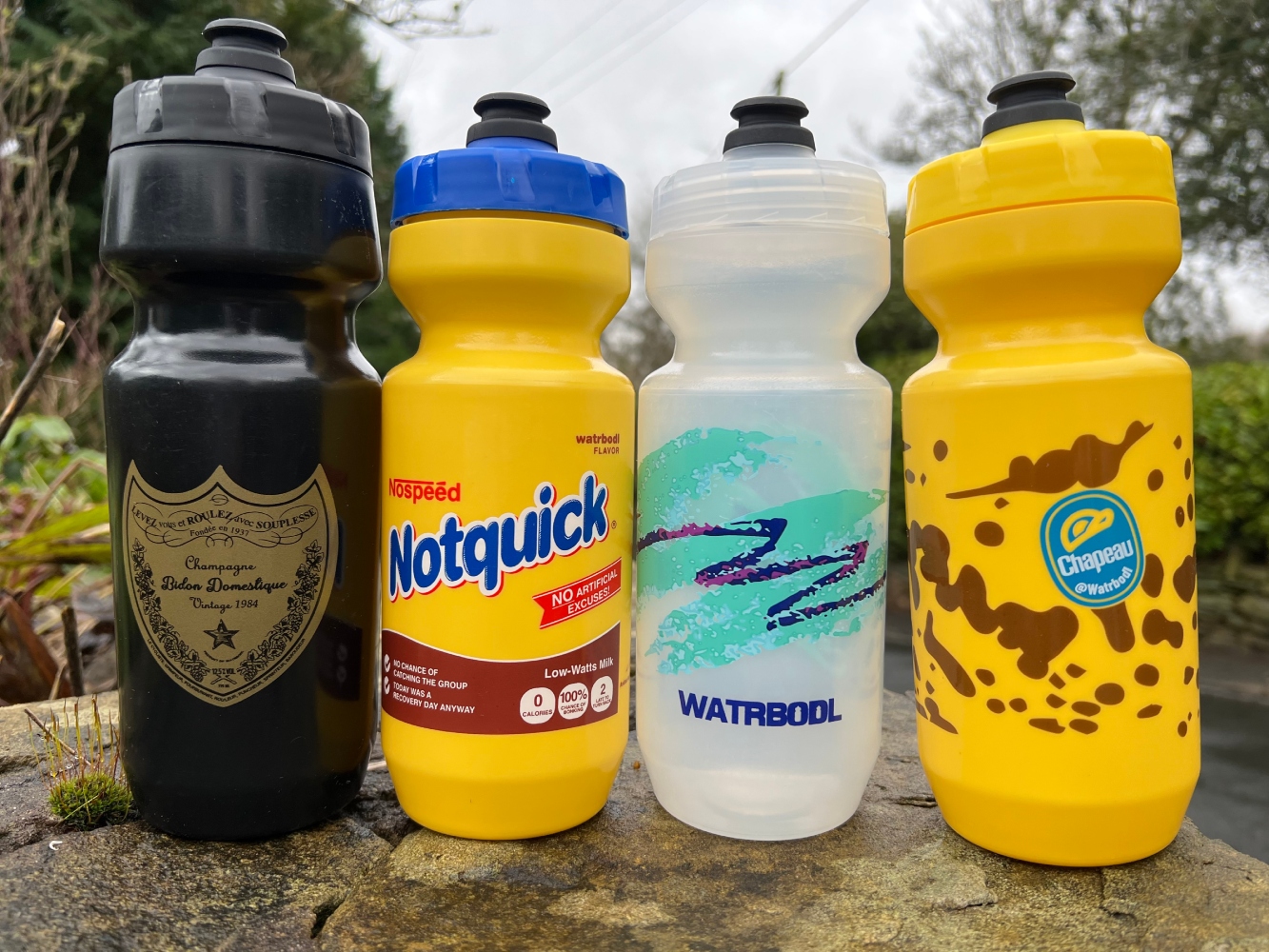
Watrbodl's bottles come in a range of designs and colors
4. Watrbodl Water Bottles
Specifications
Reasons to buy
Reasons to avoid
It might be difficult to get excited about water bottles but Waterbodl sure makes it easier...
Featuring highly amusing, novelty designs that that subtly and gently mock us cyclists, the Waterbodl range will definitely make you crack a smile when you rehydrate.
In testing, we enjoyed the wide neck which makes refilling and cleaning the bottle post-ride simple. The push pull soft nozzle is easy to use, especially if you use the 'bite down' to open method
BPA free and dishwasher safe make these a highly practical, and highly amusing cycling water bottle choice. The only downside is that the designs will wear off with use after a while but that's the case with most bottles.
Best budget

SiS's 600 ml bottle features a wide neck and easy to clean lid
5. Science in Sport Water Bottle
Specifications
Reasons to buy
Reasons to avoid
It's highly likely that you've seen or owned one of these Science in Sport (SiS) water bottle at some point, often coming free with energy or electrolyte drink bundles.
In testing, we liked the the wide neck which made it easy to add energy powders or supplements without making a mess over your counter tops. The simple pull-push nozzle is effective, although the firmer rubber has been known to pinch a lip on closing if not careful. We noticed it have a tendency to leak if shaken vigorously or on its side, but this is a budget water bottle after all.
There's three sizes to choose from. The 600ml / 20 oz version we tested fits into most bottle cages. That said, the firmer plastic does mean it's not as easy for the cage or rider to grip, so can be easy to drop, as well as making the flow rate a bit harder to control.
Best to match your kit
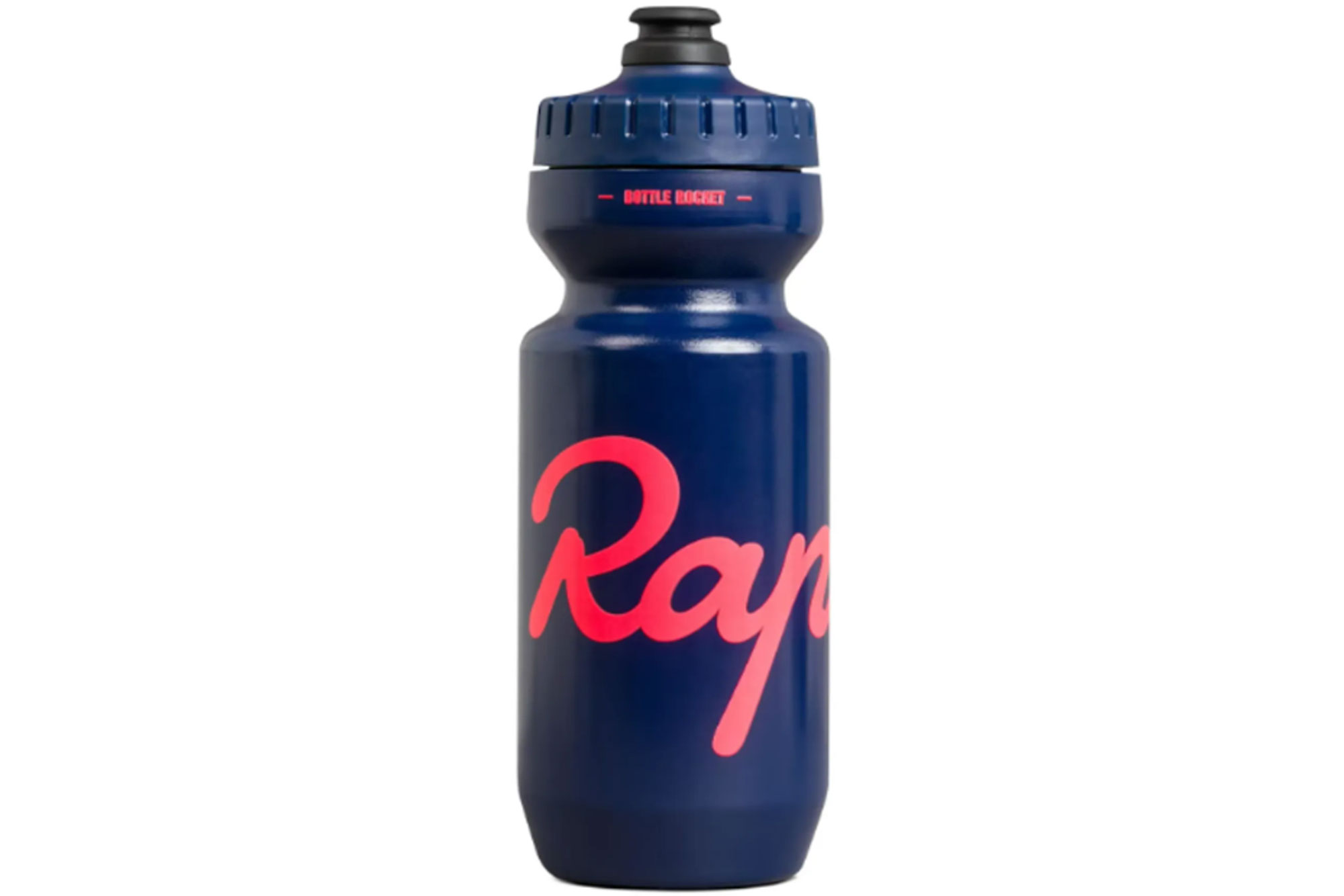
The Rapha bidon combies a Specialized bottle with the company's iconic logo
6. Rapha Bidon
Specifications
Reasons to buy
Reasons to avoid
Made by Specialized , the Rapha Bidon features the well know Purist technology which protects the inside of the bottle from external taste, mould or staining.
Having previously used the Camelbak Podium bottle, there was a slight outcry when Rapha moved to using Specialized and its unlockable nozzle system, but from experience the wide and soft nozzle is easy to use on the move and open and close with just your mouth, if not quite as leak proof.
The malleable bottle is easy to squeeze and regulate flow as well as helping you or your bottle cage keep a secure hold.
There are two sizes to choose from and a handful of colours to match Rapha's classic kit colourways, but it doesn't come cheap, although it's probably the most affordable piece of Rapha kit you'll own.
How we test
At Cycling Weekly we have a dedicated testing team made up of regular riders which allows us to thoroughly test gear properly. With huge experience, they're really well placed to compare products, identify their strengths and weaknesses and bring you an honest, unbiased assessment of how they perform.
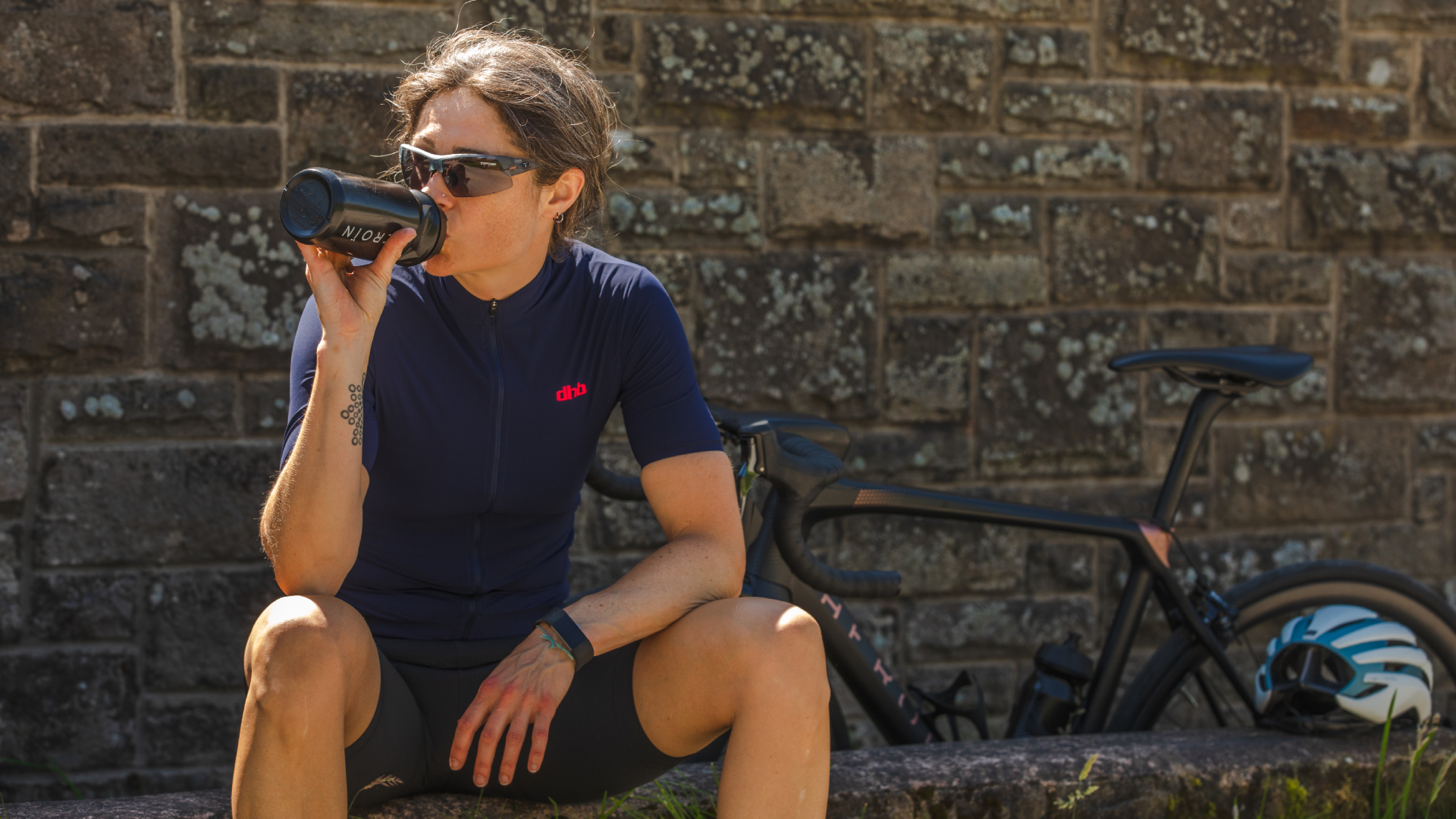
Specifically for bottles, we test them by using them on rides because this allows us to see how they perform where they are supposed to. This hands-on approach gives us insight into how the bottle feels, how easy is it to use and drink from, does it fit into bottle cages easily, how easy is it to clean and so on. We also look to try different liquids in the bottle, as well as supplements and gels to see how they mix. We then look to pass this feedback onto you in the form of honest buying advice.
Finally, for more buying advice why not have a read of our guides on the best bike lights, best road bike helmets, and best bike saddles.
FAQs
What is the best cycling water bottle for cycling?
There is no such thing as the ultimate cycling water bottle. In fact it's highly likely that you'll have a few favourites depending on the ride, terrain, weather, bike. So it's worth thinking about the kind of riding you do and buying for your needs. For example, if you like the occasional off road adventure, look for easy to grip bottles with a cap to keep out dirt; if you're planning a long day in the saddle, a large volume bottle means fewer re-fill stops.
Are insulated cycling water bottles worth it?
On a cold day on the bike, your drink can soon become a Slush Puppy or may even freeze completely, as the wind chill will make the cycling temperature much colder. A few sips of this icy liquid will reduce your core temperature, making you feel even colder.
On a hot day in the saddle, when all you crave is a nice cool drink, taking a swig of tepid liquid can make you feel even thirstier.
While an insulated bottle won't offer endless hours of hot or cold fluid, the best insulated cycling water bottle will keep it closer to the original temperature for longer. This will certainly provide a more appealing drink, and the likelihood of keeping hydrated on even the coldest days on the bike, and reduce the chances of cycling and cramp.
The double wall body and insulation will impact the malleability (squeezability) of the bottle though, which in turn can reduce grip for both rider and bottle cage, as well as the control over the flow rate. Insulated bottles also are often limited to larger sizes too, due to the insulation, although actual volume is usually only around 500ml, so make sure you can fit one on your bike.
It can be worth carrying one insulated and one non-insulated bottle, so that your drinks later in the ride stay warmer/colder, but you have more fluid available to drink earlier in your ride. Slosh can quickly cause the contents of a half-full bottle to cool down, whereas a full bottle will stay at temperature for longer, so it's worth keeping from starting your insulated bottle until well into your ride.
Does the size really matter?
Absolutely. It's a little frustrating that there is no standard size, as this would make mixing your energy or hydration drink a lot easier, so make sure you take account and amend the dose accordingly.
The most common cycling water bottle is around the 20oz/ 550ml size. Even small frames should be able to accommodate two bottles of this volume at the same time.
While it can be tempting to go for the biggest volume, remember that unless you have a large frame, or very low bottle cage mounts, you might struggle to accommodate one, or remove and drink safely from it on the move.
An alternative is to mix and match and have the larger bottle mounted in the seat tube bottle cage, and a smaller bottle in the downtube one. There should be enough space for this double act on most bikes, allowing you to decant from the larger bottle to refill the smaller one.
Even if you have a large enough frame to fit two 34oz/ 1ltr bottles on, don't underestimate the weight this will be when trying to drink from it while riding one handed, let alone the extra haul on your bike.
What is the healthiest water bottle for cycling?
Like any drinking bottle, dedicated cycling water bottles need to be cleaned after every use.
Almost all reusable cycling water bottles are now made from BPA-free plastic and all will use food-grade materials. Some of the water bottles will use a system to reduce odour and mould build up. These are often a coating, but again will be a food-safe standard.
While it's tempting to select the best cycling water bottle colour to match your bike or kit, it can be tricky to tell if all residue has been removed and that no mould has built up on the darker and more opaque bottles, so if you have questionable washing up skills/ time then go with transparent, it's also easier to see how much liquid you have left at a glance.
The biggest area to keep an eye on is the lid and nozzle. Most will pull apart (check manufacturer's instructions) but the more complicated the drinking mechanism, the trickier it will be to ensure it's thoroughly clean. Ideally give everything an overnight soak in a sterilisation solution or put in a dishwasher (ensuring it's dishwasher safe) on a hot wash to sanitise.
What is BPA, BPF and BPS?
Bisphenol A (BPA) is found in many plastic products including some water bottles. It has weak estrogenic effects that can be harmful to human health. To eliminate the use of BPAs, structurally related replacements were created, most notably bisphenol S (BPS) and bisphenol F (BPF), however recent testing has shown that BPS is just as bad as BPA so looking for water bottles that are BPA, BPS and BPA free is the best bet.
The latest race content, interviews, features, reviews and expert buying guides, direct to your inbox!
Simon Smythe is a hugely experienced cycling tech writer, who has been writing for Cycling Weekly since 2003. Until recently he was our senior tech writer. In his cycling career Simon has mostly focused on time trialling with a national medal, a few open wins and his club's 30-mile record in his palmares. These days he spends most of his time testing road bikes, or on a tandem doing the school run with his younger son.
